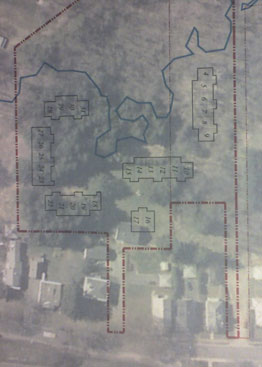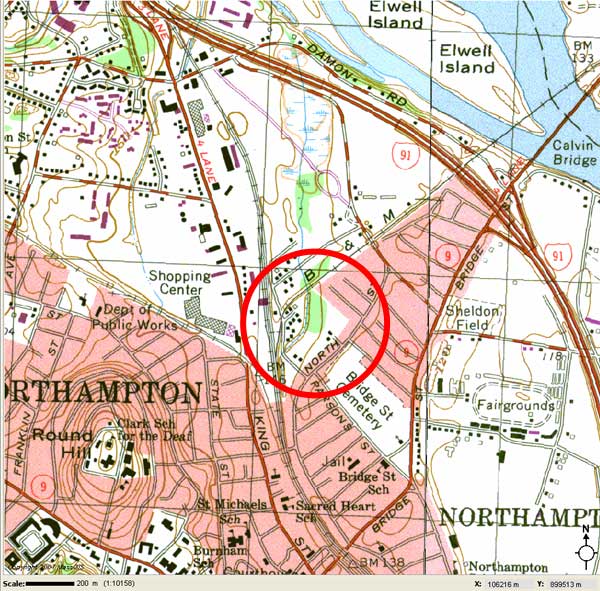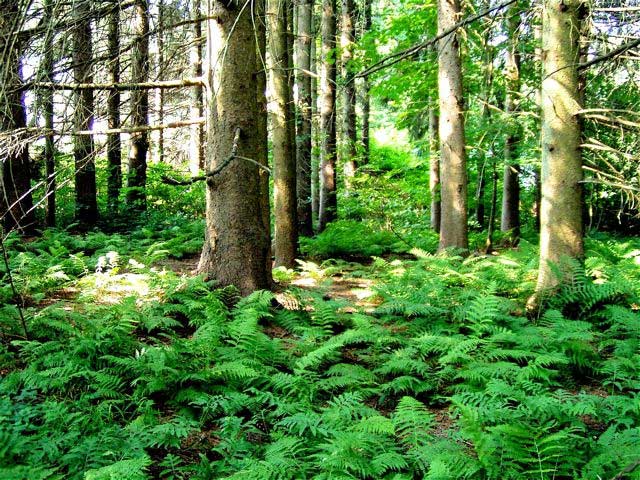Scientists at the University of Vermont are helping cities measure and increase their tree canopies, AP reports today:
“The benefits [of urban trees] are many. First, there’s the environmental. Trees cool things. They remove particulates in the air. They’re linked to mitigating storm water flows, which is an enormous problem in all urban areas because there’s so much impervious surface,” [said Mark Buscaino, executive director of Casey Trees, a not-for-profit in Washington, D.C.]
…growing awareness among elected officials that trees could be more than decorations for urban areas…
The [UVM scientists’] work helped the city of New York establish the goals for a 1 million tree initiative that kicked off last fall, aiming to plant that many trees over a 23-year period…
“The environmental benefits and property value benefits are quantifiable, but the social ones are harder. They make us feel good; they improve our moods; they make neighborhoods more beautiful,” Watt said [Fiona Watt, chief of forestry and horticulture for the New York Department of Parks and Recreation].
The fruit of the team’s work might not be visible, but it will be. In the world of forestry, there’s an old proverb: “The best time to plant a tree was 20 years ago. The next-best time is today.”
The Sustainable Northampton Plan (PDF) states as a goal: “Minimize the loss of tree canopy throughout the City and increase tree canopy in urbanized areas to maintain a higher quality environment in all areas.” (p.23) We will be watching closely to see how the Planning Board applies this goal when evaluating Kohl Construction’s North Street condo proposal, which calls for cutting down or otherwise imperiling (e.g. through soil compaction) numerous large, mature trees in downtown.

See also:
Topographical Map Shows How Kohl Condo Proposal Will Eat Into a Rare Stand of Mature Trees in Downtown
We have enlisted OLIVER, The MassGIS Online Data Viewer, to show just how rare and precious the woods behind North Street are in downtown Northampton. These woods are part of Kohl Construction’s proposed 5.49 acre condo site…

Northampton Redoubt: Urban Planning, Public Policies, and Urban Ecology
…I have not been able to find definitions of infill that include removing viable greenfields, though they may exist. Generally infill seems to concern redeveloping previously developed areas, vacant lots, or brownfields and rehabilitating historic buildings. Thus obscured from the recent debate has been the importance of maintaining Northampton’s Urban Ecology, which enhances the quality of life of intown dwellers, human or otherwise…
Daryl LaFleur: North Street Area and Urban Ecology
Springfield would like to create, on a larger scale, what Northampton currently has and one need only walk around downtown Springfield and observe the lack of urban green patches to understand why. Similarly, despite all of its problems, the Big Dig in Boston aims to add parkland and green recreational areas in an urban environment for the same reason, to improve the quality of life for inhabitants and give business owners a reason to stay put.
Northampton Redoubt: Urban Ecology, Planting Trees, and the Long-Term View
If we remove all of our in-town forested areas and wetlands they will likely be gone forever or at least a very long time. We would do well for posterity to err on the side of caution.
UMass Press: “Natural Land: Preserving and Funding Open Space”
Preserving areas of nature, open space, and trees and other vegetation can have psychological as well as physical health benefits for local residents. There is a growing body of research which points to the power of nature to restore people from the stress of modern life, including mental fatigue (Kaplan, Kaplan, and Ryan 1998; Frumkin 2001).
Massachusetts Audubon: The Value of Floodplain Forests
The broad areas of the floodplain forest are natural water-storage areas. During significant floods—and such events can occur any time of the year—water overspreads the flat wetlands and loses velocity. The trees act as filter strips, holding back sediments and reducing the extent of downstream damage…
“Putting housing [in the Belmont Uplands] would be totally un-smart growth,” says FAR’s Ellen Mass. “Basically, the people living here would be surrounded by a mosquito marsh.”
Terrain.org: The Breath of Trees Is Good for You
Japanese researchers have discovered that when diabetic patients walk through the forest, their blood sugar drops to healthier levels. The Japanese have hosted whole symposiums on the benefits of wood-air bathing and walking…
Boston Urban Forest Coalition Aims to Plant 100,000 Trees
Downstreet.net: “Despite Tree City USA Honor Northampton Planting Lags”
Photo Essay: The Forest Behind View Avenue
